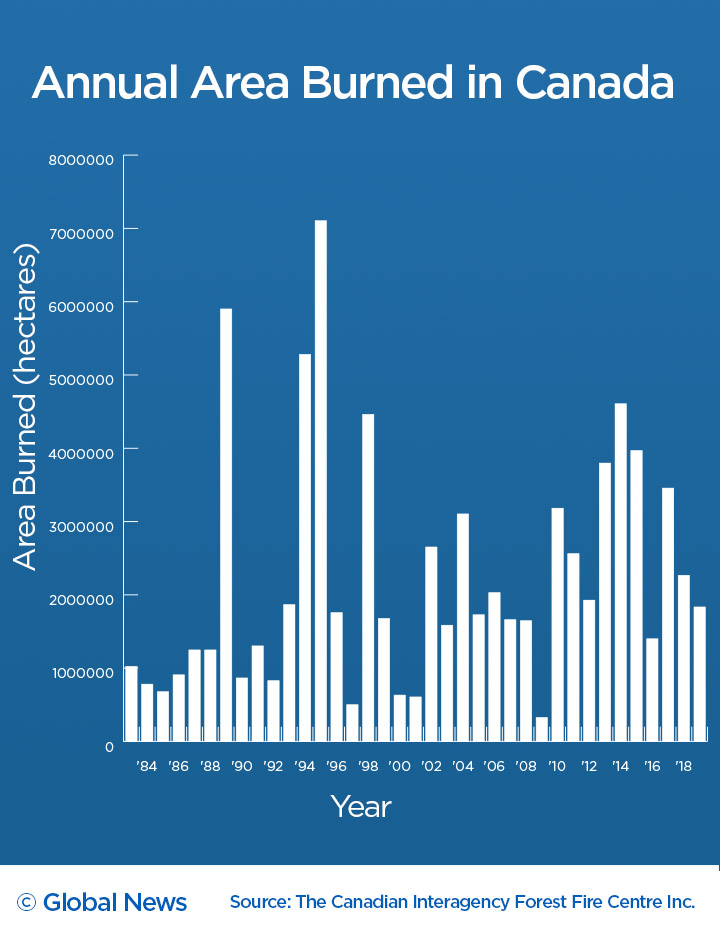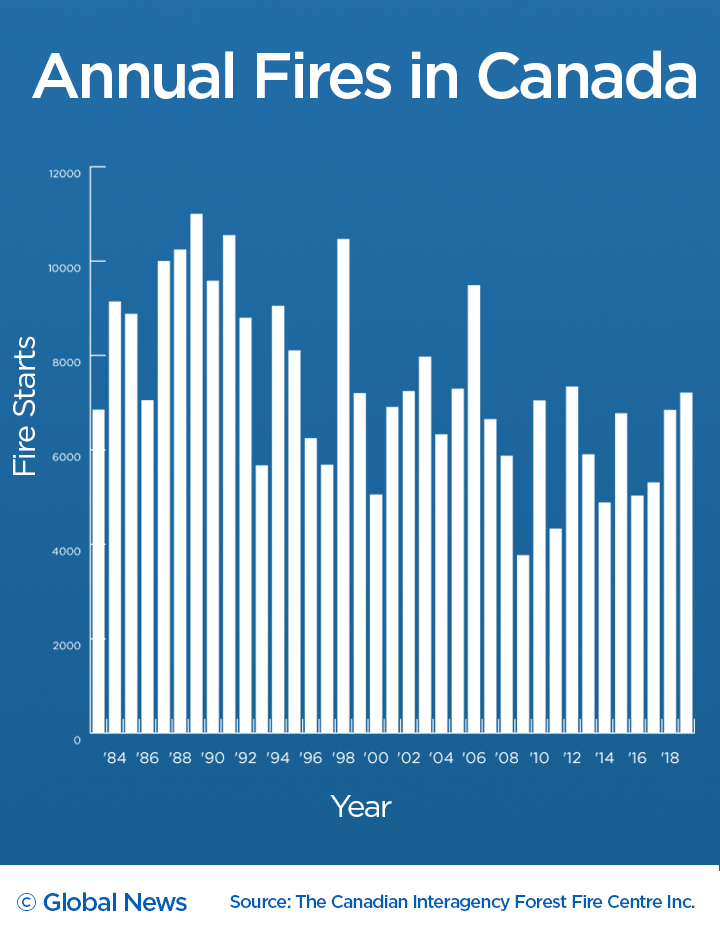We live in the age of fire, says one expert.

Stephen J. Pyne, emeritus professor at Arizona State University, calls it The Pyrocene.
He says humanity’s relationship with fire has defined us as a species. How we use it — for example, burning fossil fuels — has also defined our world. And it poses a threat to life as we know it.
“We’re creating, in effect, something on the scale that might be comparable to the ice ages, the Pleistocene,” he told the Roy Green Show.
Pyne joined the show on Saturday as firefighters battled the last large wildfire still raging in Southern California.
Climate change is a “performance enhancer” when it comes to wildfires, he said.
“It’s aggravating what’s already out there,” said Pyne, who is the author of 35 books, including Fire: A Brief History.
“Some of the areas, the far northern environment … Alaska, northern Boreal forests in Canada and elsewhere seem to be picking up tempo and intensity because of it.”

But with wildfires, he said, a number of factors have a role — there’s no one single driver.
“Fire is a reaction. It’s like a driverless car. It’s just barrelling down the road. It’s integrating everything around it,” he said. “And at some places in time, one factor is going to loom really large, like the winds in California right now.”
While fires are a normal and necessary feature of many forests, climate change is lengthening the fire season in Canada and blazes are becoming stronger, more complicated, and costlier to manage, according to a 2018 Canadian government blueprint on wildland fire science.

Get breaking National news
The size of the area burned each year in Canada has more than doubled since the ’70s, the report said, and researchers believe it could at least double again by 2100.

Within North America, Pyne said that the northeastern U.S. and areas like Toronto and the Maritimes will be “relatively immune” from an uptick in wildfires.
Elsewhere, it’s another story.
“Western Canada, parts of central Canada, much of the United States are going to feel this. A lot more of the Boreal forest is going to feel it. We’re already seeing a lot of the effects in Alaska now.“
This year, there have been 4,092 wildfires in Canada with 1.8 million hectares burned, according to the Canadian Interagency Forest Fire Centre.

Between 1983 and 2000, there were only four years where annual wildfire damage exceeded 2 million hectares. Since 2001, however, there have been 10 years that exceeded that total.
On the other hand, the number of fires Canada experiences each year appears to be largely trending downward somewhat since the late 1980s, though the stats don’t take into account the effect of changes in firefighting resources or tactics — or possible improvements in prevention measures.










Comments